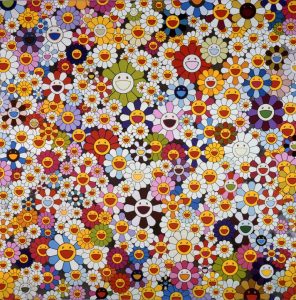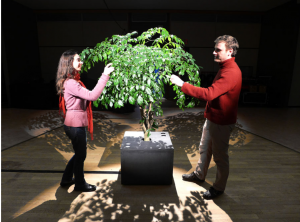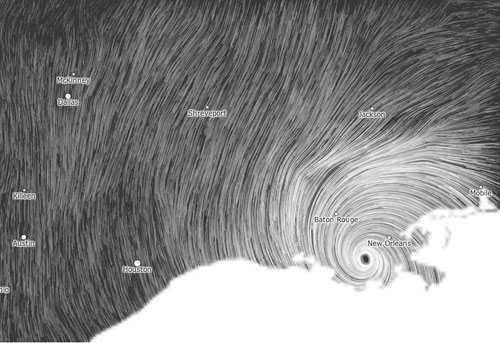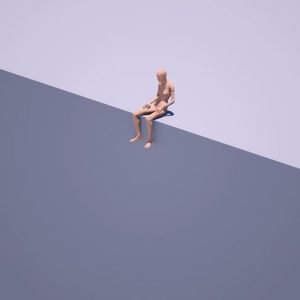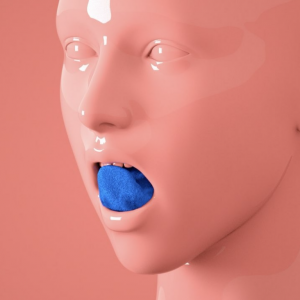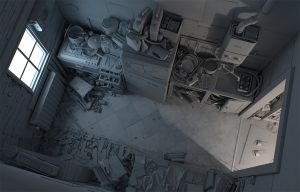yoonyoung’s looking outwards 1
For this week’s Looking Outwards, I looked into my friend Yoonyoung’s first Looking Outwards post which highlights the BMO200 Fountain. (The topic of the first looking outwards post was investigating technological art or design that inspires you.) BMO is a bank in Montreal and this fountain was made in celebration of the 200th anniversary of the bank. I found her post on this piece of object interesting because the project was made with not only the artists but also the members and the employees under BMO. Although there isn’t much written about the specific contributions the employees of the bank made to the final piece, the idea of interactive imagery of water falling into a pond is stunning; with this piece, the users can “throw” a coin of wish on their mobile devices. I think the interactive portion of the project is a great representation of how machines and technology is able to copy or iterate human motion. The idea behind this is that interaction can happen separately from just a single visual space but also the individual users’ devices too. The YouTube video above is a good compilation of the process of the project from the beginning to end.
![[OLD FALL 2017] 15-104 • Introduction to Computing for Creative Practice](../../wp-content/uploads/2020/08/stop-banner.png)
